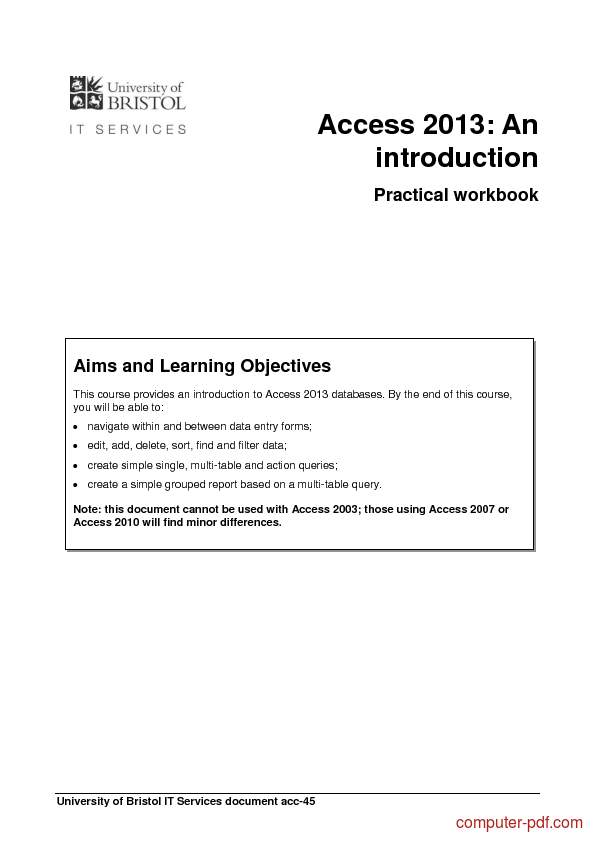
A relational database is able to understand how lists and the objects within them relate to one another. We call a database like the ones you’ll work with in Access a relational database. However, the thing that really sets databases apart from any other way of storing data is connectivity.

Non-numerical data plays a significant role in almost any database, and it's important to be able to sort and analyze it. If a database is essentially a collection of lists stored in tables and you can build tables in Excel, why do you need a real database in the first place? While Excel is great at storing and organizing numbers, Access is far stronger at handling non-numerical data, like names and descriptions. In fact, you could build a similar table in Excel. If you are familiar with other programs in the Microsoft Office suite, this might remind you of Excel, which allows you to organize data in a similar way. It contains two lists: a list of your friends, and a list of cookies. This is one of the simplest databases imaginable. For instance, if you like to bake you might decide to keep a database containing the types of cookies you know how to make and the friends you give these cookies to. This is true of all databases, from the simplest to the most complex. Then there's a list of past appointments, a list with medical history for each patient, a list of contact information, and so on.

What lists are contained in a database like this? Well, to start with, there's a list of patients' names.

Think about one of the databases we mentioned above: the database of patient information at a doctor's office. The easiest way to understand a database is to think of it as a collection of lists. Ever waited while a doctor's receptionist entered your personal information into a computer, or watched a store employee use a computer to see whether an item was in stock? Then you’ve seen a database in action. They're such a useful tool that you see them all the time. Databases allow their users to enter, access, and analyze their data quickly and easily. A database is a collection of data that is stored in a computer system.


 0 kommentar(er)
0 kommentar(er)
